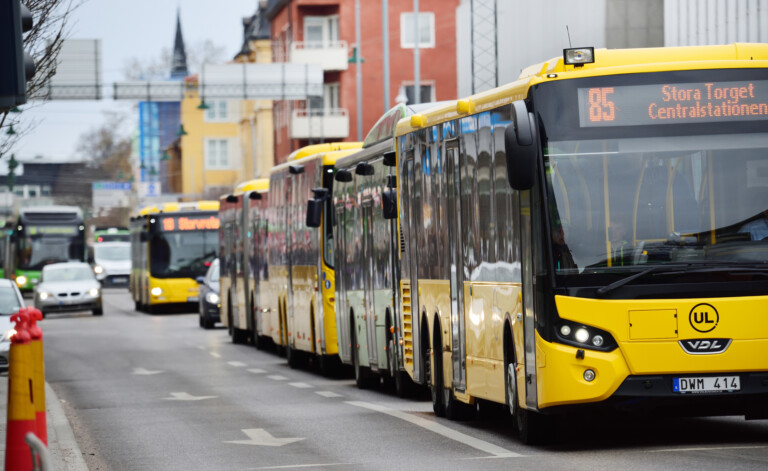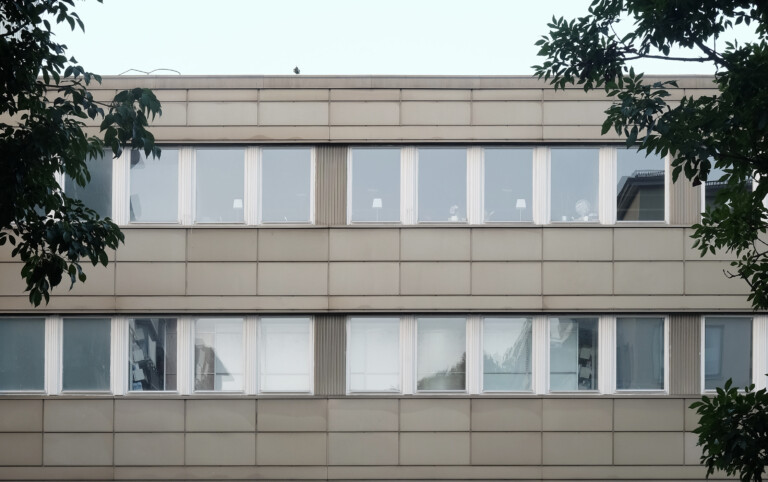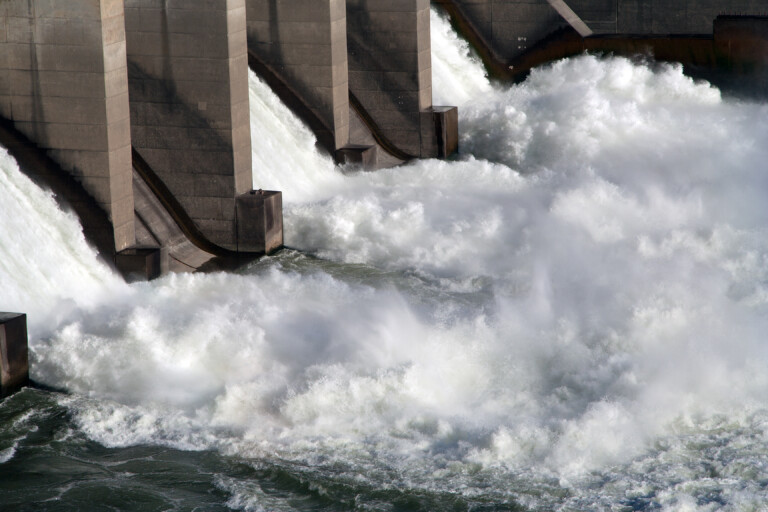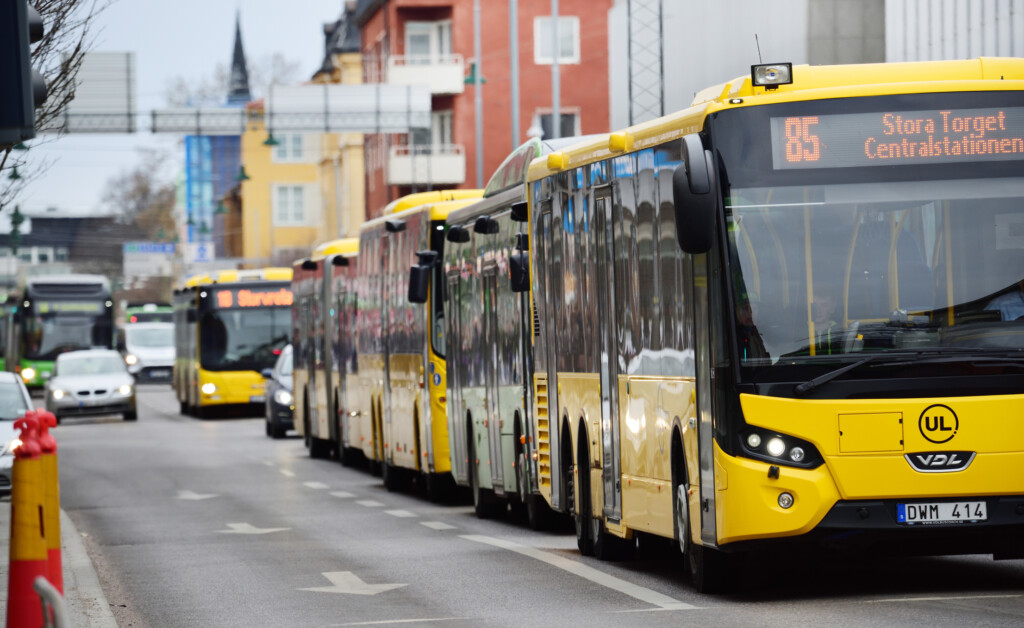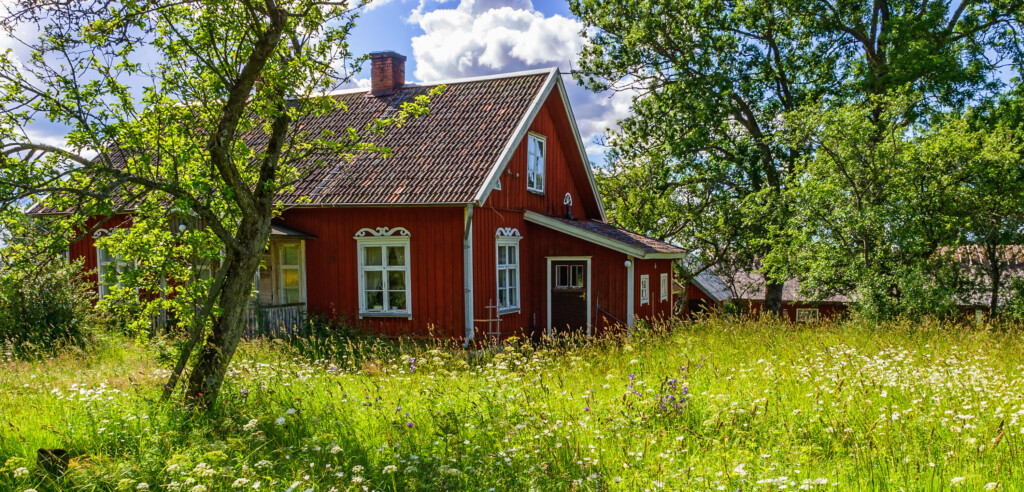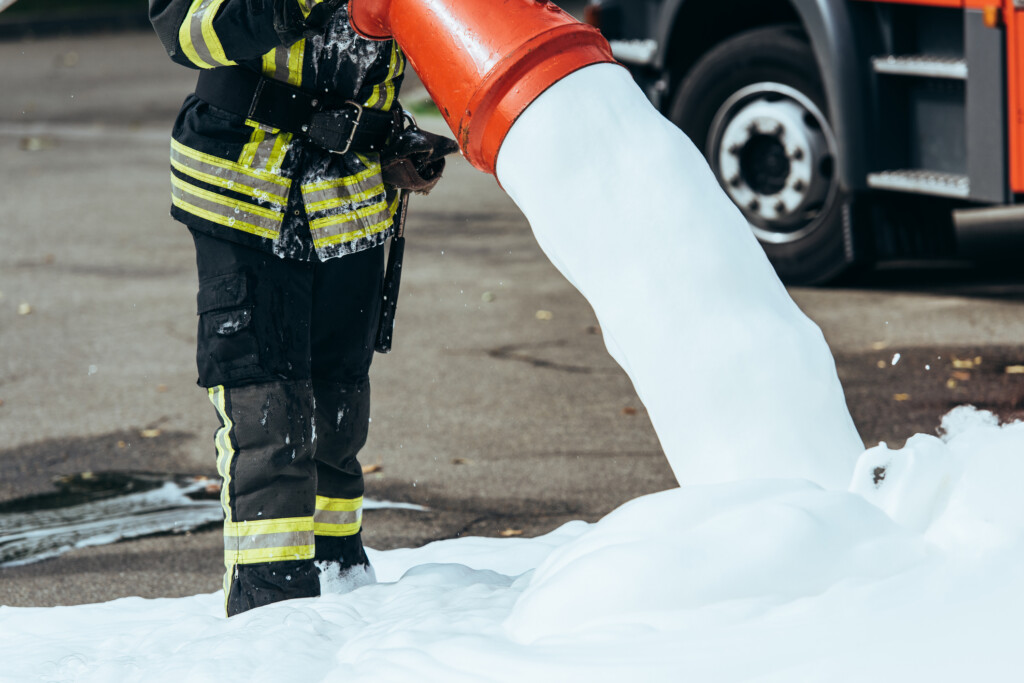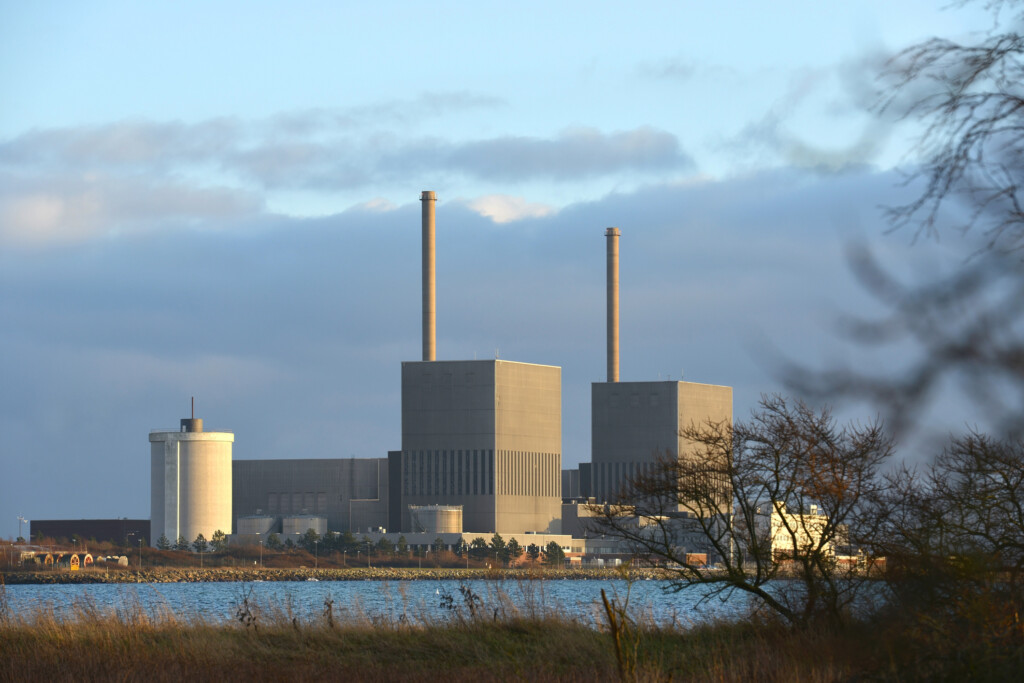Transport
How do think tanks shape climate policy?
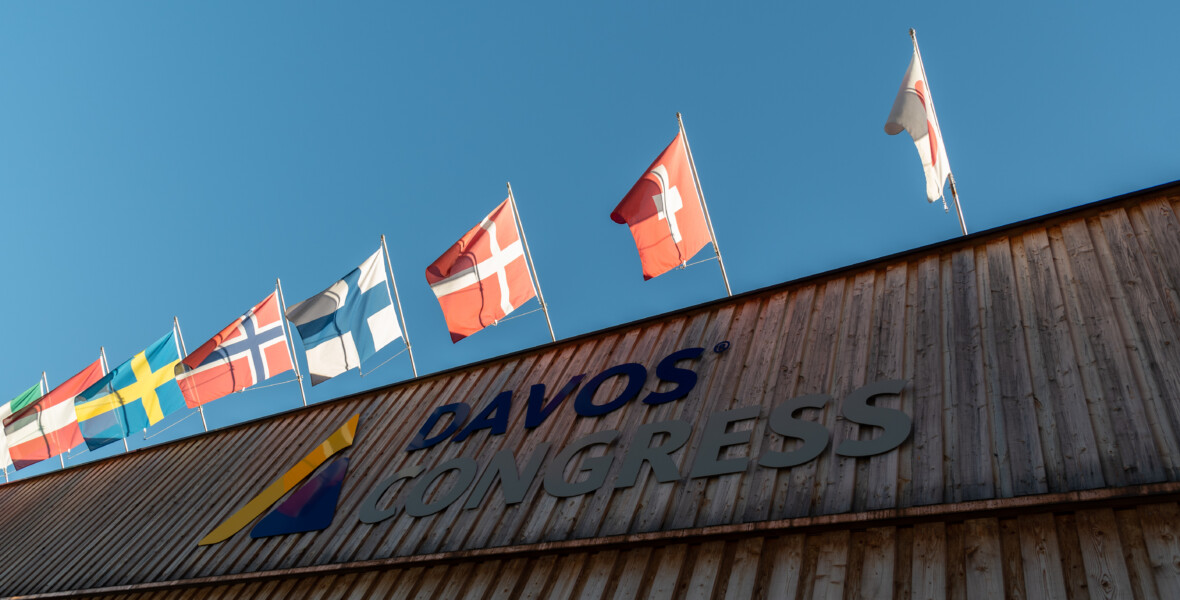
How much influence do Nordic think tanks have on global climate negotiations and climate policy? In a new project, researchers intend to find out.
Prenumerera på Extrakts nyhetsbrev!
Läs mer
Håll dig uppdaterad! Få kunskapen, idéerna och de nya lösningarna för ett hållbart samhälle.
Personal data is stored only for the mailing of Extrakt newsletters and information related to Extrakt’s operations. You can cancel the newsletter at any time, which means you will no longer receive any emails from us
The 2021 climate summit in Glasgow welcomed nearly 40,000 participants including 14,000 so-called observers: everyone from activists to corporate-funded organisations and research foundations.
“Everyone knows that they’re there, but we know less about what they’re doing,” says Adrienne Sörbom, a professor of sociology who studies politics and globalisation at Södertörn University.
She and her colleagues have examined how global think tanks have shaped different areas of policy, such as security policy and climate policy.
“Think tanks are malleable and can be used to pursue many issues, including the climate issue. Previous studies show that organisations, for instance, sometimes close their doors so that only those who are in the room get information. These rooms can be used for so-called private diplomacy, where various stakeholders, states and private individuals can meet and talk about societal problems on a global scale.”
Informal meeting spaces
As a case in point, Sörbom brings up the World Economic Forum’s meetings in Davos, which she has attended several times.
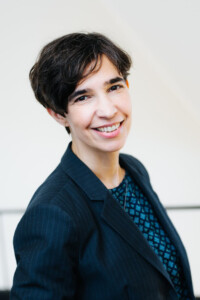
“It’s hard to find out what’s going on there. Journalists are allowed a brief appearance at the forum, but know little about what is actually happening. Activists aren’t allowed to participate any more and it is generally a very closed atmosphere, yet the whole world knows that the meeting is taking place. Their message is, ‘We’ve got a secret’. This way, an aura of mystery is created around the meeting that can give the organiser a boost in status. This makes it easier for them to be the ones you can always count on to show up in advocacy processes.”
Based on her previous research on global think tanks, Sörbom more or less knows how work in the organisations is structured.
“The think tanks function as informal meeting spaces where participants can talk openly about things they don’t want to make apparent to everyone. For example, they can invite representatives from states to discuss solutions to global problems in a laid-back environment. It’s called creating ‘safe spaces’, with the intention that different interests can be discussed.”
On one such occasion that Sörbom observed, the question of how the Arctic ice melt could be used by states and companies was discussed. Participants included a Nordic prime minister and business leaders, primarily from the oil and logistics industries.
Climate change think tanks
In a new project, the researchers intend to find out just how Nordic corporate-funded think tanks focused on climate and climate policy work.
“There are many Nordic organisations actively involved in the climate issue that also conduct private diplomacy. We want to focus on them.”
In her view, the boundary between corporate-funded and member-driven think tanks is important, and she believes that there is a greater acceptance of member-driven think tanks.
“The corporate-funded ones are more problematic, since they enable companies to have a greater impact on climate policy decisions by paying more money. That’s why it’s important to look more closely at them.”
Demand accountability from non-state actors
The think tanks included in the new project are the Pathway Coalition in Sweden, Skift from Norway, Concito from Denmark and the Finnish Climate Leadership Coalition. They will be interviewed and shadowed while they work.
“It’s not that easy to study, but we’ve done it before with global players.”
She hopes that the project will provide answers that can be used to demand accountability even from non-state actors at climate summits and in their climate efforts.
“Today journalists report on the role of state actors during climate meetings, but I hope that our results will allow the media to ask more critical questions of the think tanks and include their work in their research.”
It’s a bit trickier with politicians, she points out.
“We need to raise awareness that this is actual diplomacy and that there is a problem politicians need to reflect on. There is a lot of pressure to make diplomacy at climate meetings more transparent.”
